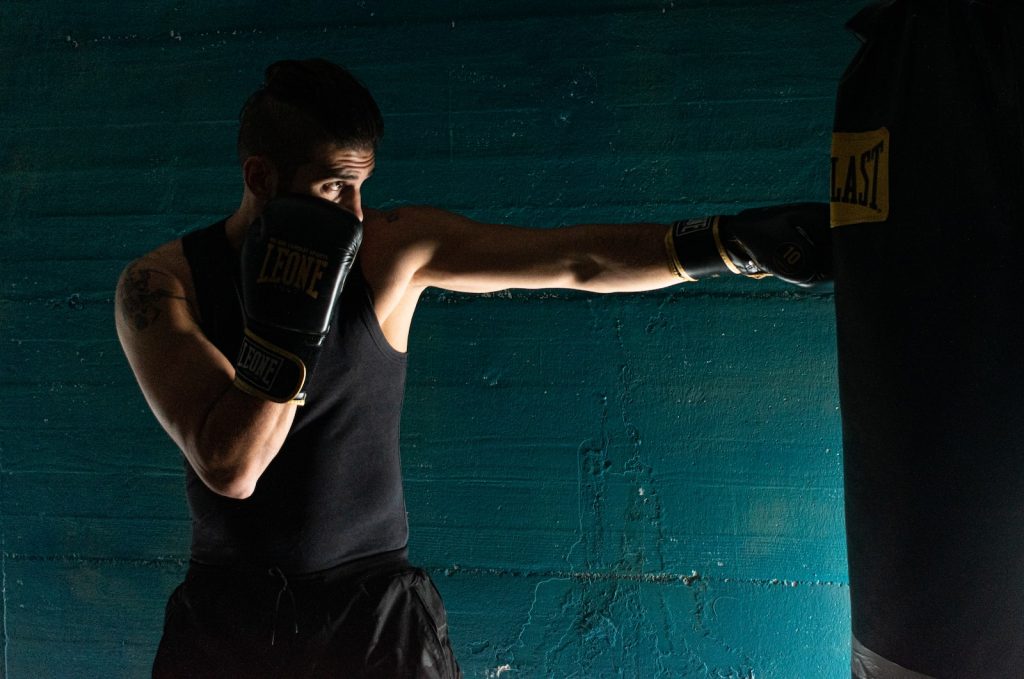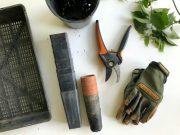Boxing is a great form of exercise for those looking to build power and strength. It involves intense physical movements that can help you develop coordination, agility, and explosiveness. Whether you’re a beginner or an experienced boxer, there are various techniques you can use to maximize your boxing performance. In this article, we’ll provide some tips and strategies that beginners should use to get the most out of their boxing workouts.
Introduction to Benefits
Boxing is an activity that can provide a multitude of benefits for many people. It is a great way to stay physically fit, as it requires the use of all muscles in the body. It can also help improve mental health and focus by teaching discipline and self-control. Boxing offers a unique combination of physical and mental stimulation, making it an excellent form of exercise for anyone looking to get healthy.
Boxing can benefit both men and women, regardless of age or fitness level. Not only does it help with physical strength and endurance, but it has also been known to increase coordination, flexibility, agility, balance, and even cardiovascular health. Furthermore, boxing is an excellent way to relieve stress while building confidence through mastering new skills.
Techniques for Beginers
Technique 1: Footwork
Good footwork is essential for any boxer, beginner, or veteran. To become a successful fighter, boxers must be quick on their feet and move around the ring with grace and agility. Beginners must understand how essential proper footwork is for a winning match.
Several techniques can help boxers improve their footwork skills. One of the most basic techniques is to ensure your feet stay underneath you at all times so that you don’t become off-balance while moving around the ring. Beginners should also practice staying low by bending their knees slightly when in motion – this will help them increase their speed and control as they move around the ring.
Technique 2: Punching Power
Boxing can be a great way to get your body in shape and learn self-defense skills. For beginners, there is much to learn about technique and stance. One important boxing technique for new boxers is punching power.
Punching power is an essential skill that all boxers should work on developing from the start. You’ll want to focus on learning how to throw powerful punches with good form and move your body to maximize your power during a fight. The key components of punching power include proper arm positioning, using your core for leverage, rotating the hips for momentum, and keeping the feet firmly planted. All these elements come together when throwing punches to ensure you deliver maximum force with each punch.
Technique 3: Hand Speed and Agility
Hand speed and agility provide the foundation for a powerful punch. A boxer needs to be able to move their hands quickly to land punches effectively. The ability to dodge incoming punches and counterattacks with quick strikes requires skillful hand speed and agility control.
These techniques can be developed through simple drills such as shadowboxing or using a heavy bag. Shadowboxing is a great way to practice movements while developing balance, coordination, and footwork without an opponent present. Working out on a heavy bag will help improve your punching power, hand speed, and agility. Focusing on the form is key when practicing hand speed and agility so that you don’t develop any bad habits that could damage your progress in the long run.
Technique 4: Defense Strategies
Learning how to fight defensively is one of the essential boxing techniques for beginners. Developing effective defensive strategies can help you save energy and stay on your feet longer, so mastering this technique will give you an edge over your opponents.
Defense strategies involve blocking punches and finding ways to avoid them altogether. The key is staying away from your opponent’s punches as much as possible without compromising your offensive strategy. This involves using a combination of footwork, bobbing and weaving, proper blocking form, and head movement. This technique should be practiced with other boxing techniques, such as jabs, crosses, and hooks, to create an effective defense system that will keep you safe while taking advantage of opportunities to score points against your opponent.
Training Regimen: Intensity and Frequency

When it comes to boxing for beginners, having the proper training regimen is key. It’s essential to focus on intensity and frequency when creating your boxing routine.
Frequency should be determined by your available time and how quickly you want to see results. Beginner boxers should start with at least two days a week for their workouts, working up to four days per week as they become more experienced. As boxer increases their skill level, they will also need to improve their training intensity to meet their goals.
The intensity of your training should match the desired outcome; if you are looking for speed, agility, and quick reflexes, then you will need to work hard on combinations and footwork drills, while those looking for strength will benefit from heavy bag drills and weight lifting exercises.
Box for Power
The sport of boxing has been around since the ancient Greeks, and it remains a popular form of exercise today. Through proper technique and practice, anyone can learn to use boxing as an effective way to build strength and coordination in their bodies.
Boxing is a great full-body workout that engages all major muscle groups. It provides aerobic benefits while building up your endurance, reflexes, balance, and speed. Additionally, it offers tremendous psychological benefits due to the concentration required in each punch or combination of punches. With these tips and techniques in mind any beginner can embark on their journey towards power with confidence.






























